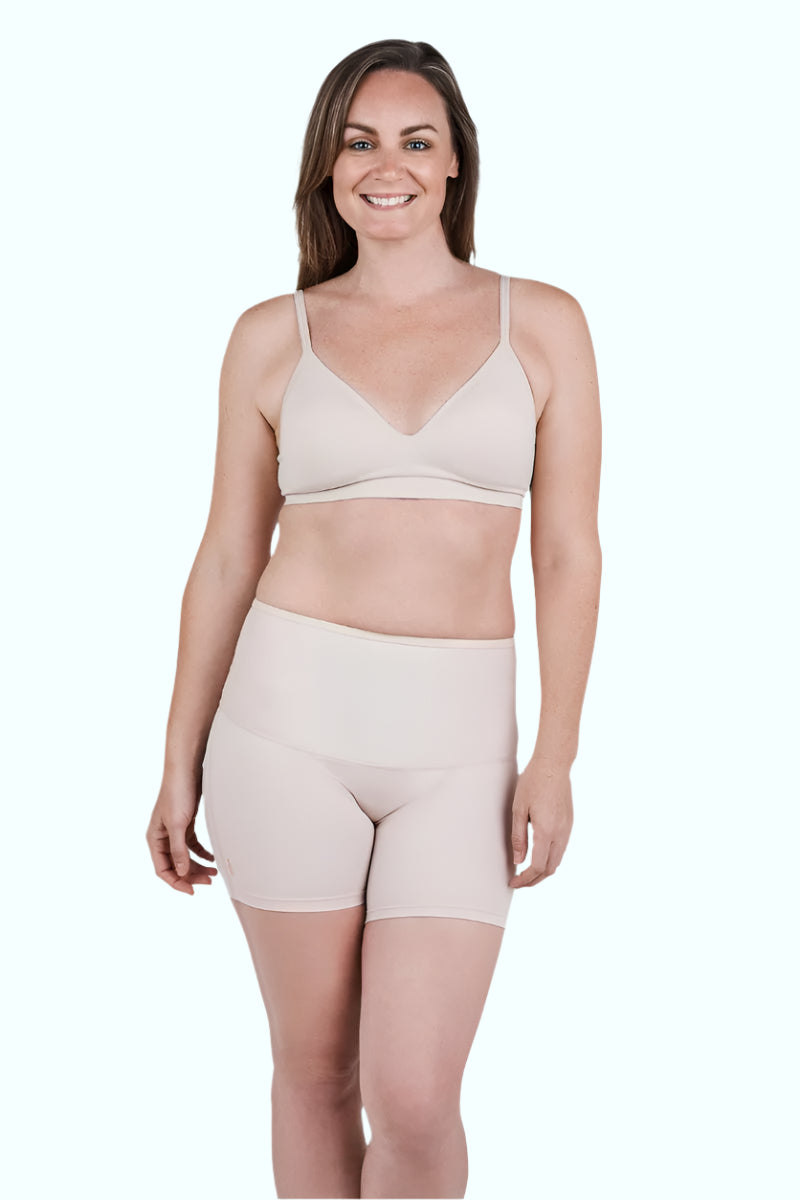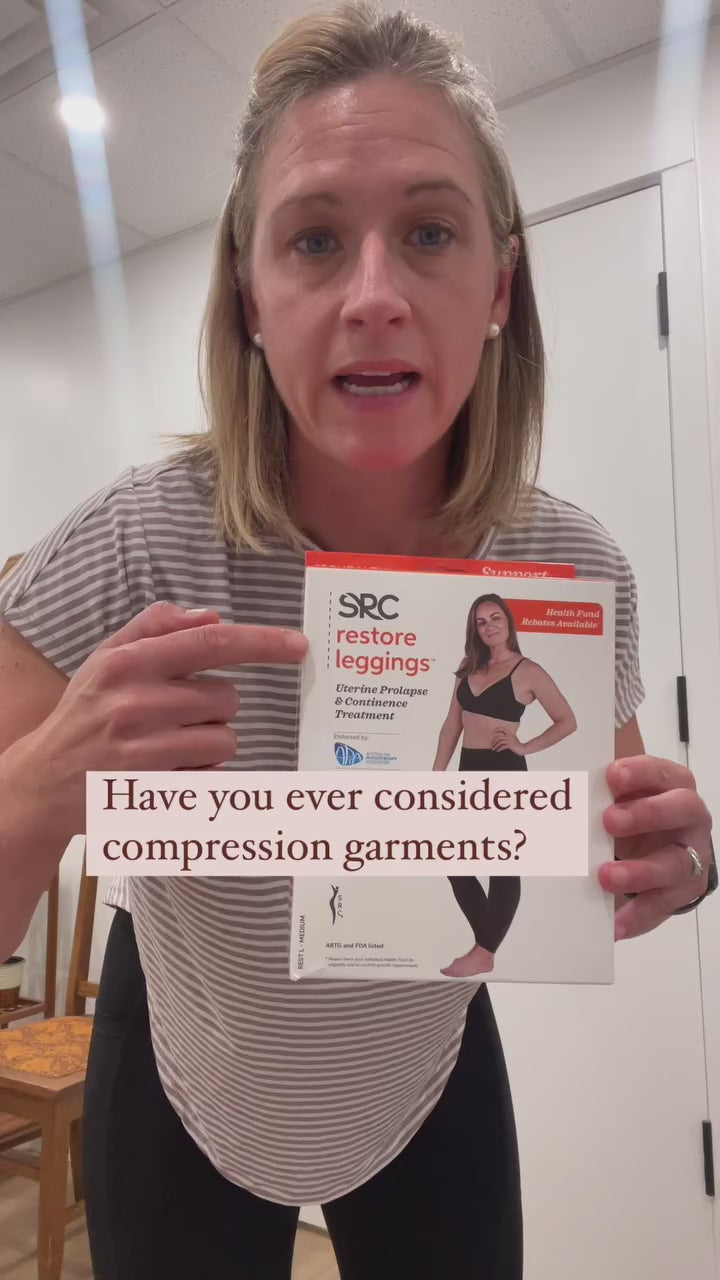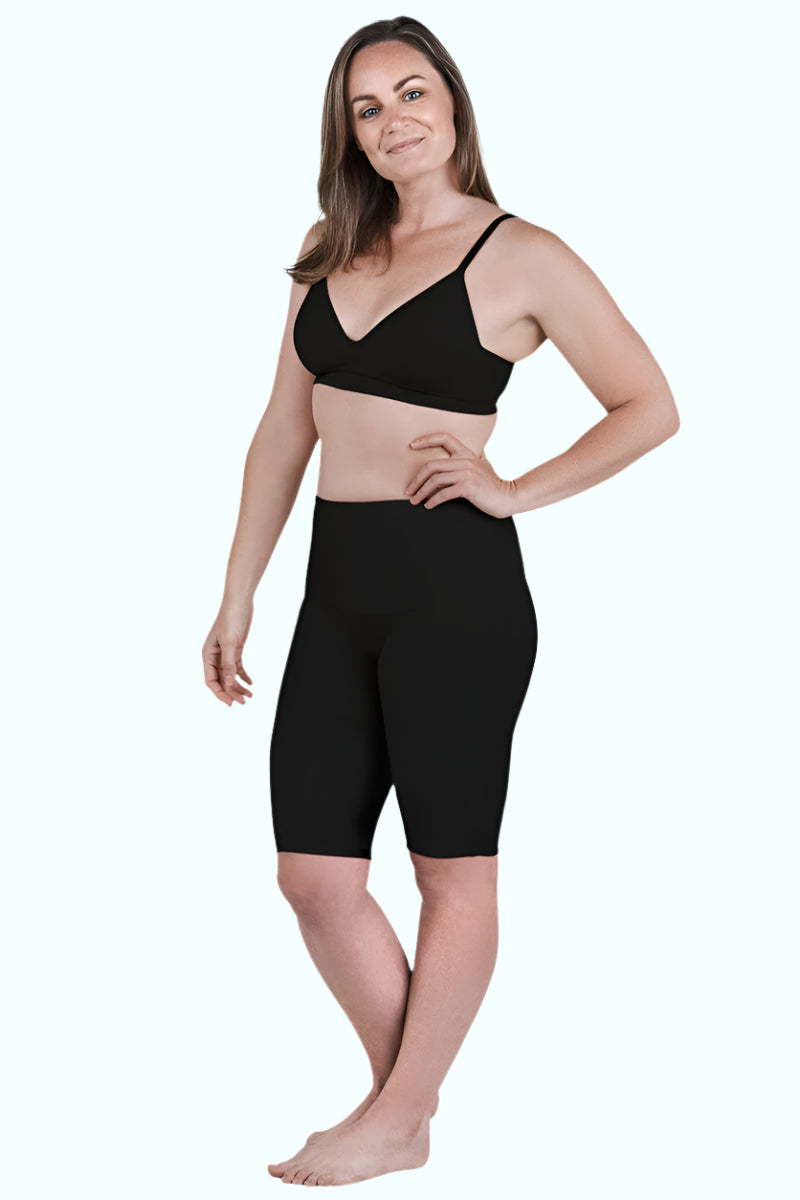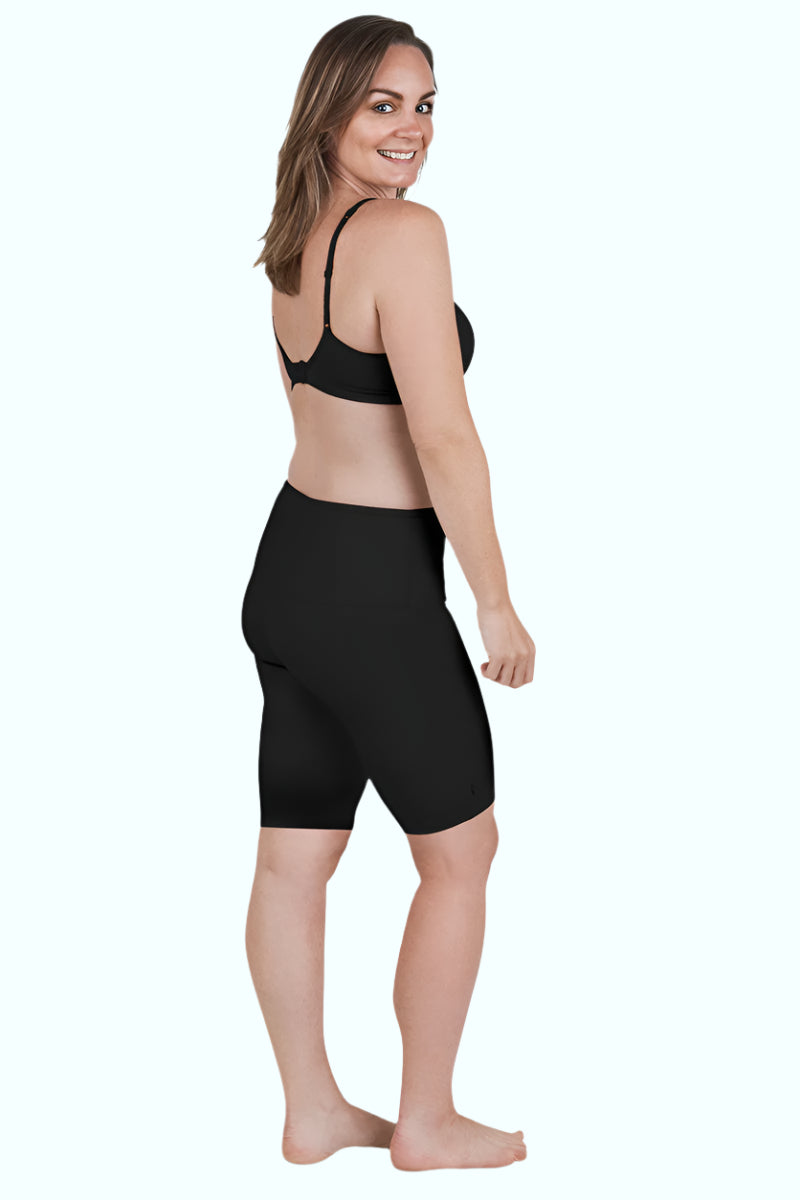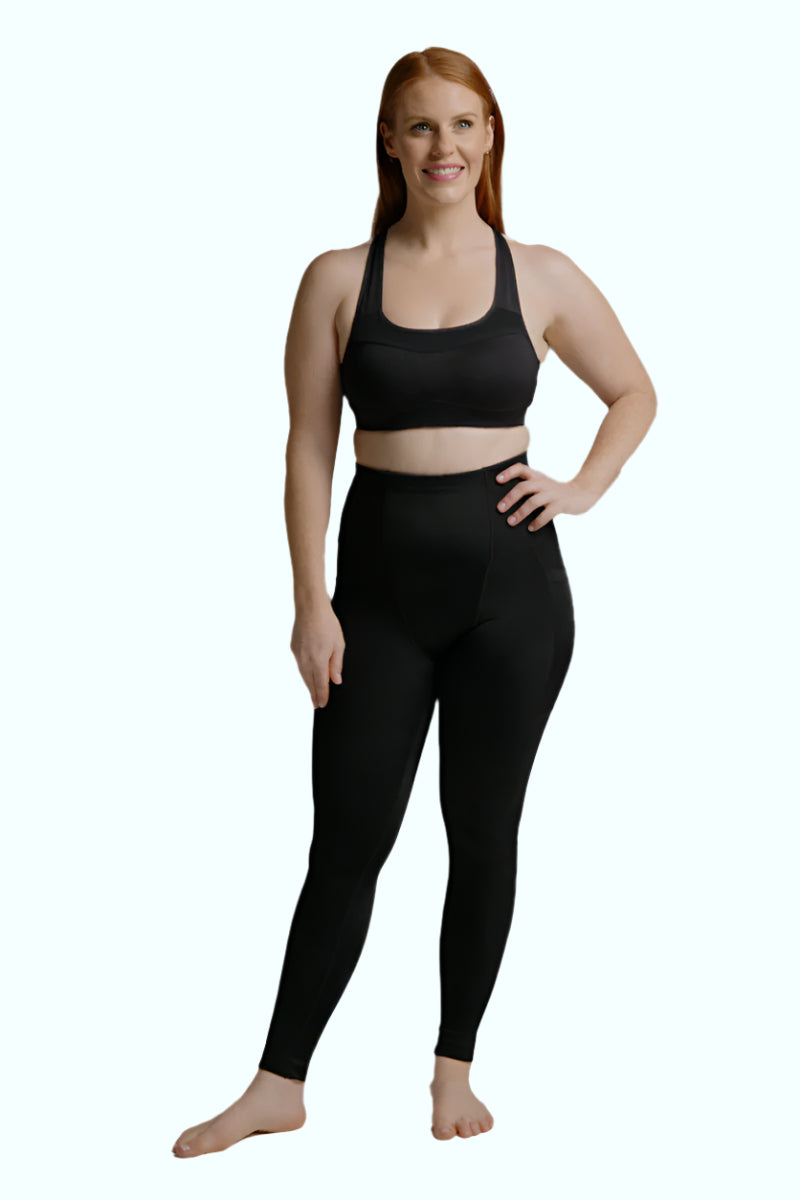There’s usually a moment in the second or third trimester when it dawns on you that you have to give birth. That one way, or another, the baby you’re growing on the inside has to… get out. If it hasn’t hit you before, it’s at that moment, you might look for resources to help you sort out how to prepare for labor and delivery.
Childbirth Education or “birth classes” don’t always have the best reputation. While some people are excited to practice breathing techniques, others worry that sitting through a local a class will be a waste of time and money. So, when it comes to childbirth ed do you really need to take a class? And, if so, what options out there are most mindful of pelvic health and wellbeing.
WHY SHOULD I TAKE A CHILDBIRTH EDUCATION CLASS?
I’ve been teaching childbirth education classes since 2013. I’ve taught in small boutiquey settings and at major metropolitan hospitals. I’ve taught thousands of families preparing to give birth with the epidural in a hospital setting and those hoping to give birth without pain medication either in a hospital, birthing center, or at home. As a doula, I’ve seen awe-inspiring births and gut-wrenching challenges. My own birth, in fact, was far from what I had hoped it would be. And, through it all, I’ve learned three things.
- Your birth story matters. How you welcome your baby into the world (and I don’t mean vaginally or via cesarean birth), – meaning how you’re treated throughout the process and therefore the story you tell yourself about your body, your ability to care for your baby, and your position within institutional power dynamics – is woven into the fiber of your identity for the rest of your life.
- You have more control than you think. It’s easy to feel powerless going into someone so big and unpredictable. And it’s true that you can’t guarantee a short, easy, vaginal birth (or your hopeful equivalent). But, you can think of making plans for childbirth like we make plans for travel adventures we book airline tickets and reserve hotel rooms even though flights get canceled and hotel pictures often don’t match reality.
- The work we do to prepare for labor can help us become better versions of ourselves in the long run, regardless of how labor unfolds. Birth physiology and labor coping preparation teach us about hormonal health, postural alignment, pelvic health, and stress management. Understanding the societal context of birth invites us to learn how to navigate power dynamics in the medical system and advocate for ourselves and loved ones. I can say personally that I am in a better emotional, physical, and professional state - not just after having kids, but because of it.
In fact, when I gave birth for the first time in 2014, I was already a doula, lactation counselor, and childbirth educator. I thought I knew all there was to know. I was excited and confident heading into my labor. But, the reality was I was prepared for the emotional side of labor. Not the physical side. No one in my life or my professional courses taught me about the pelvic floor or the role of posture, alignment, breath, or pressure management during pregnancy.
Considering a baby has to navigate through our bony pelvis, shaped by our joints, ligaments, and fascia - it’s hard to believe that we’re taught so little about anatomy and functional movement in pregnancy.
When comparing childbirth education classes, classes are not centered around the awe-inspiring physiology of human pregnancy, labor, and delivery.
When looking at birth education courses, it’s common for expectant parents to consider weighing basics like convenience and cost but given the sensitivity of the topic and variability in quality, I would urge you to explore a bit further to avoid an underwhelming experience.
At Birthsmarter our interactive courses on Zoom and our On-Demand Childbirth Education class are unique because:
- The curriculum and approach are unbiased.
- The course is taught by someone who knows how to teach (and understands the science behind how people learn)
- The information is practical for you and your partner. (This is where we’re looking for high-level understanding of human physiology and pelvic health, specifically!)
Given the unpredictability of birth and the likelihood that you’ll assume a personal failure “if things don’t go according to plan” good childbirth preparation classes should walk you through what to expect and how to optimize for each and every kind of birth without glorifying or vilifying certain interventions. Essentially you want something that will make you confident, while staying flexible.
And, lastly, make sure the course will offer practical take-aways. While birth history and birth physiology are truly fascinating to study, this is not an arm-chair learning moment. You will not use what you do not practice, so take a class that forces your hand!
Enter SRC10 on the Birthsmarter site to receive your class discount.
Written By: Ashley Brichter
Ashley Brichter is birth and postpartum doula, childbirth educator, lactation counselor, certified Fair Play Facilitator, speaker, and entrepreneur. She launched Birthsmarter in 2019, to provide practical wisdom and guidance to the next generation of families. Ashley is an advocate for interdisciplinary understandings of wellbeing and is dedicated to modeling critical, creative, and compassionate thinking as a way to thrive in a binary system. Born and raised in New York City, she's currently living in Salt Lake City, UT with her husband and two, quickly growing, children.






